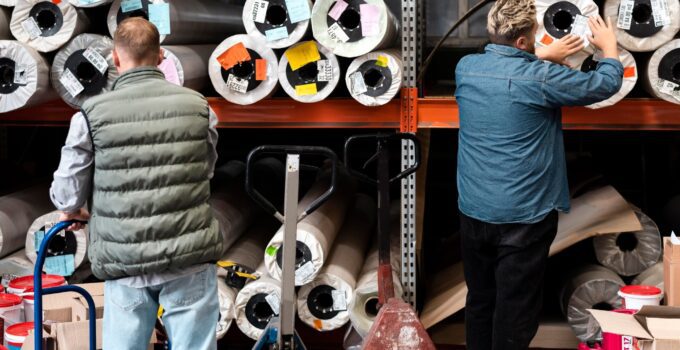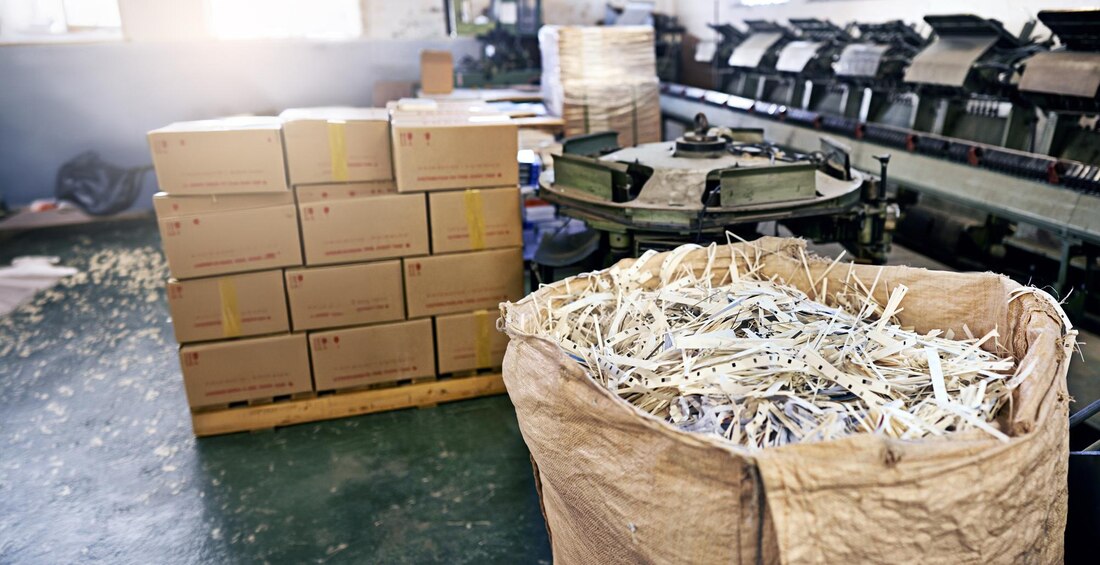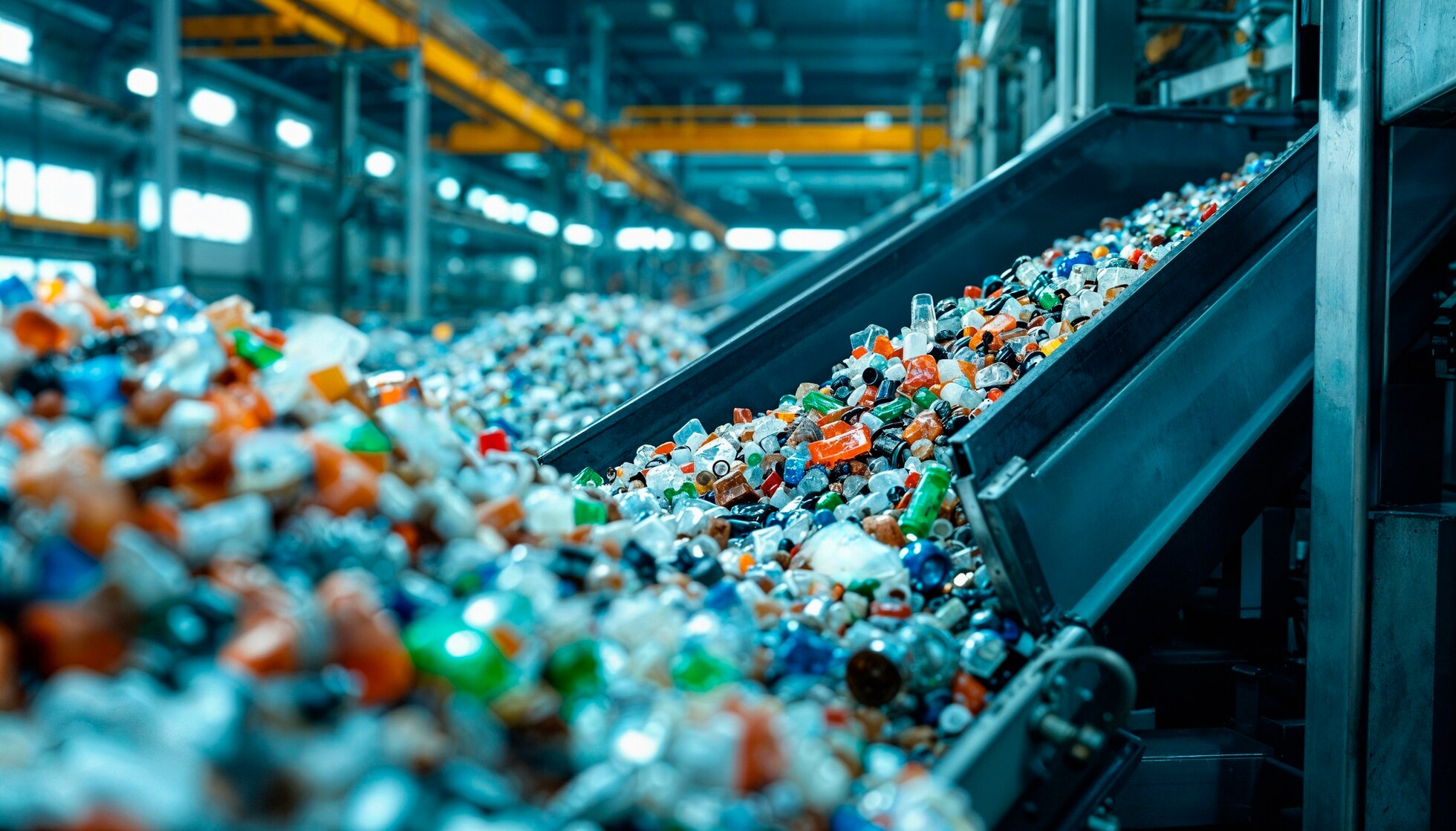Optimizing resources and reducing waste are all the goals for businesses in 2025. This is not only a collective goal based on how businesses agreed on it, but rather part of the pressure developed by customers or clients.
When people look for manufacturers or businesses, try to get products, all they consider is how they can reduce waste. How can they optimize resources? And all of this while still improving profitability on the manufacturer’s side.
While there is nothing wrong with this eco-friendly and waste reduction push, it does bring complications.
How can it be achieved? This is the key question.
One often overlooked opportunity is the monetization of surplus raw materials and manufacturing overstock.
If you are able to effectively manage and sell excess raw materials, you can unlock new revenue. All of it while considering reduced storage costs and contributing to the circular economy practices.
At Coastal Surplus Solutions, we want to guide you through practical steps to sell surplus raw materials, maybe buy them from others, or connect with bulk raw material buyers. The purpose is to make sure you can leverage industrial surplus marketplaces to maximize returns.
Step 1: List Your Surplus Raw Materials on ThomasNet or IndustryNet
All the excess you have can be easily sold.
However, doing it alone and without a clear plan or platform will be tough. In fact, it is nearly impossible to sell or maximize the profits coming from them.
To reach a broad network of buyers, start listing your surplus raw materials on reputable B2B platforms.
You can use ThomasNet and IndustryNet since they are quite popular and have a broader audience.
They specialize in connecting manufacturers with buyers seeking raw materials, components, and equipment.
The reason why we recommend them lies in:
- How both have extensive industry buyer databases. They offer great optimized listings and visibility.
- It is easy to list everything. All you have to do is to be clear with your descriptions, always include material type and quantity. List condition and provide high-quality photos through all of it.
Step 2: Partner with Smaller Manufacturers for Offcuts and Raw Material Needs
Establishing partnerships is always good. The question is, with who should you be doing it?
Smaller manufacturers and workshops can utilize your surplus offcuts, scraps, and partial raw material lots. Hence, they become important in getting your cash and moving the materials you don’t need or want anymore.
Partnering locally also offers more comfort in logistics and how you can offer discounts in which you still win.
You will also answer a demand in all your regions.
Small manufacturers are always looking for discounted raw materials and great offers. They are your ideal public if you want to sell in bulk or quickly.
But be careful with how you approach this process. You want to build relationships with them before going over entire sales and offers.
Go to trade shows, industrial chambers, or work on flexible calls and ideas.
Example: Miami Factory Earns $50.000/Month Selling Plastic Scraps
Miami is swamped by lots of stores and businesses looking for raw materials.
A Miami-based plastics manufacturer showed how it is possible to profit from surplus management and selling the raw pieces.
They implemented a specific program focused on selling plastic offcuts and scrap materials. They listed excess inventory on industry marketplaces and partnered with local fabricators.
Since they worked on their due diligences and focused on maximizing, they were able to reap out the benefits:
- Generated over $50.000 in monthly revenue from materials that were going to be discarded.
- Reduced waste disposal costs.
- Enhanced sustainability credentials, which help with circular economy and bringing more customers.
According to the Green Living Blog, following the circular economy practices already brings amazing benefits. Everyone is able to cut out on costs and help the planet while doing it.
Repurpose Manufacturing Waste for Additional Value
Don’t always focus on direct sales. You can consider repurposing manufacturing waste internally or selling to recyclers who can transform scraps into new raw materials.
This strategy is mostly based on minimizing landfill contributions than making profit. However, it still opens avenues for innovation in product design and specific income.
Focus on aligning it with growing regulatory and consumer demand for sustainability. In the process, you will see more people coming in and choosing you.
You can always significantly monetize manufacturing overstock and sell surplus raw materials. It is about being smart around it and working with qualified bulk raw material buyers.
Make sure to contact us for help in navigating this process and considering raw materials as a profit source.






